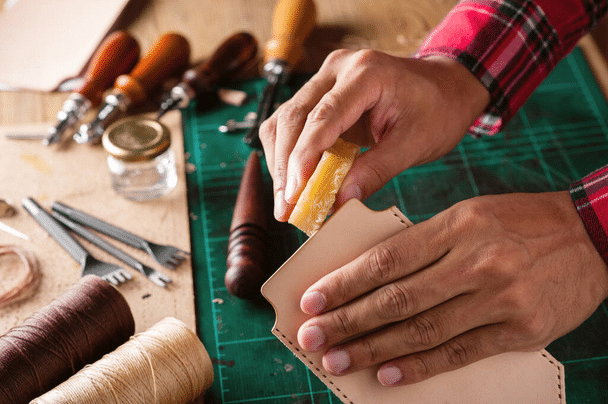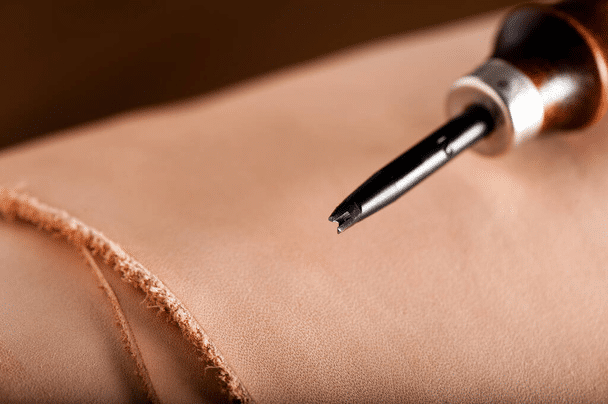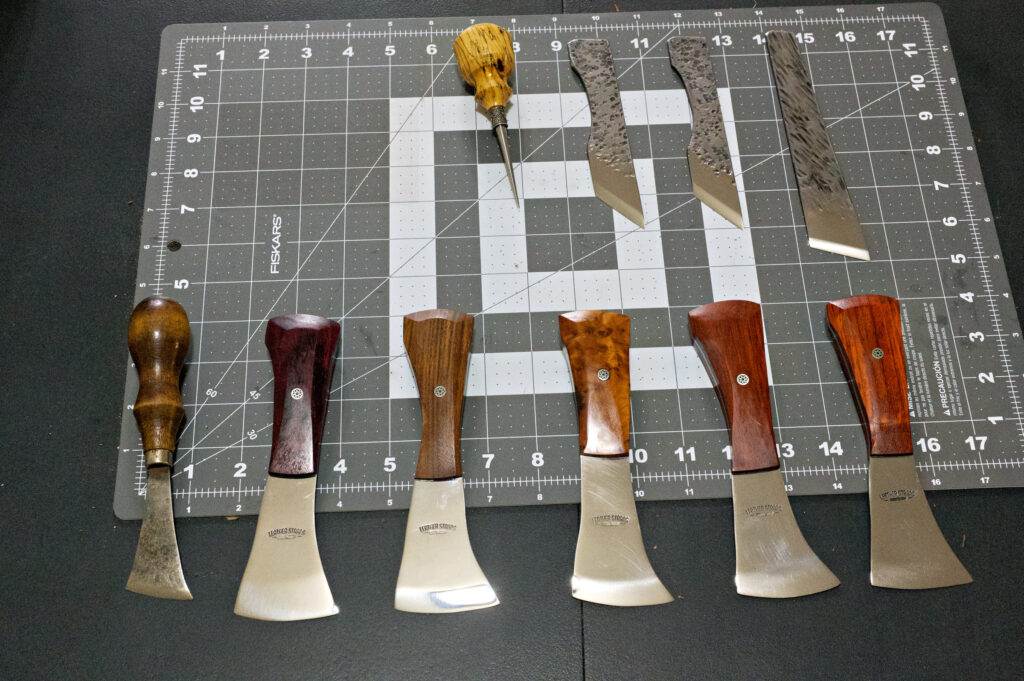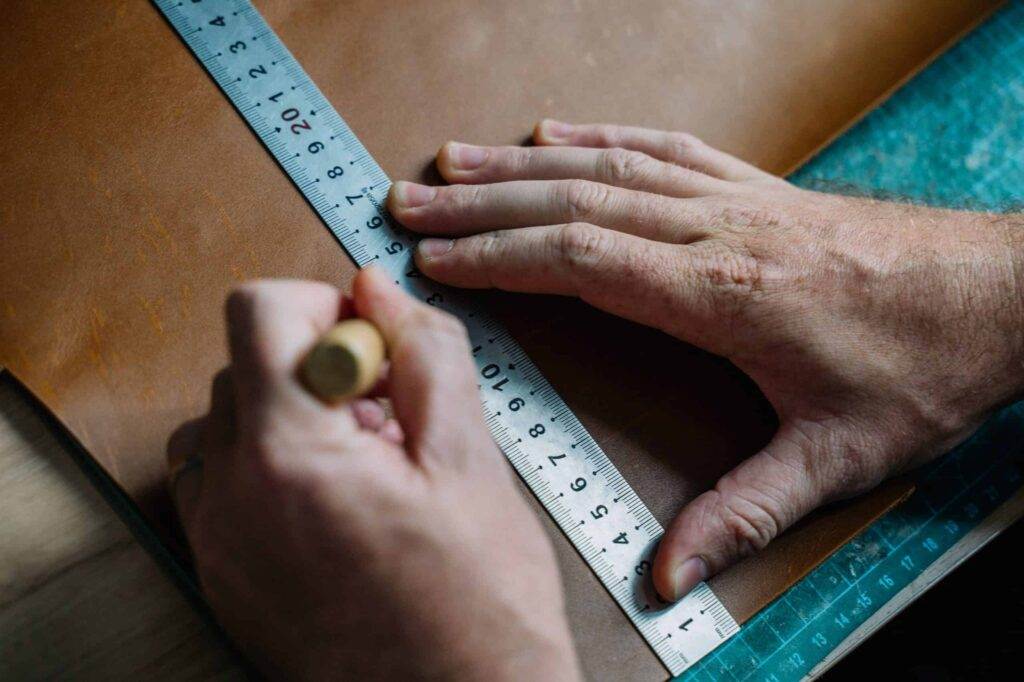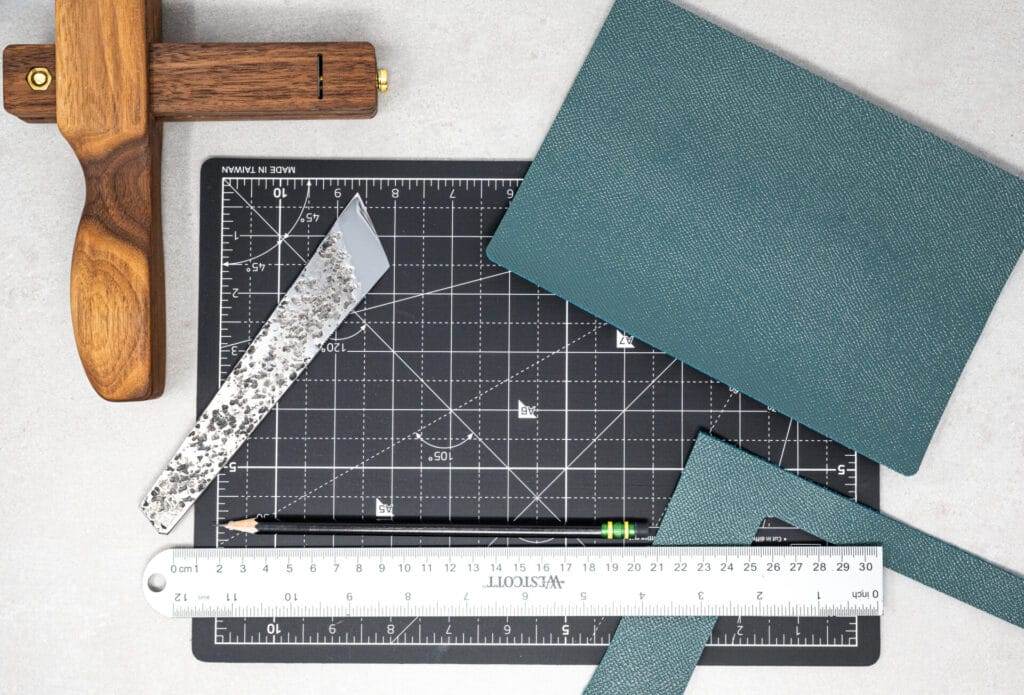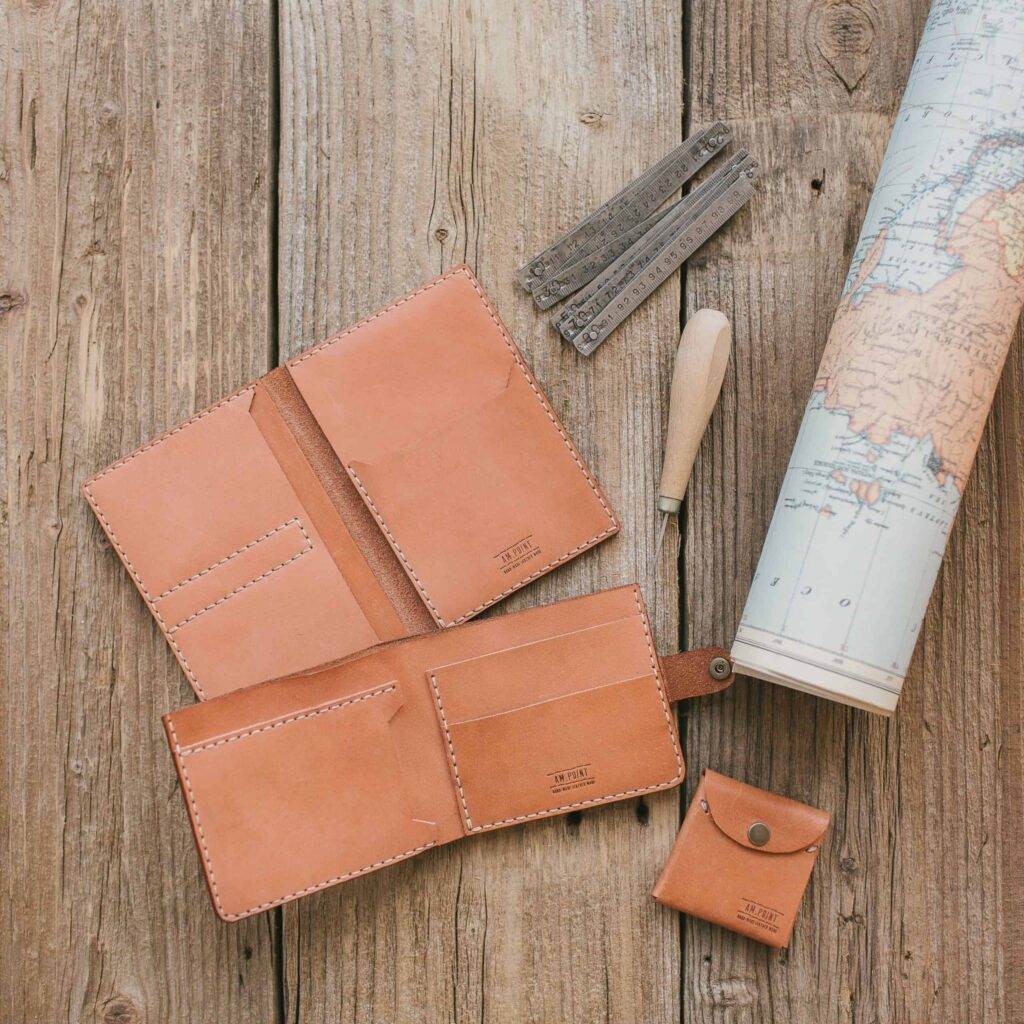Template Making for Leathercraft Projects
Template making is an essential skill in the world of leathercraft, serving as a foundational step for both novice and experienced artisans. A template acts as a guide, ensuring that each piece of leather is cut and shaped with precision, which is crucial for achieving professional results. Whether you are crafting wallets, bags, or intricate leather goods, templates streamline the process and enhance the overall quality of your work.
By providing a consistent reference point, templates help reduce errors and save time, allowing artisans to focus on the creative aspects of their projects. The importance of templates extends beyond mere convenience; they also foster creativity and innovation. With a well-designed template, artisans can experiment with different designs and styles without the fear of wasting materials.
This flexibility encourages exploration and can lead to unique creations that stand out in the marketplace. As leathercraft continues to evolve, mastering the art of template making becomes increasingly vital for those looking to push the boundaries of their craft.
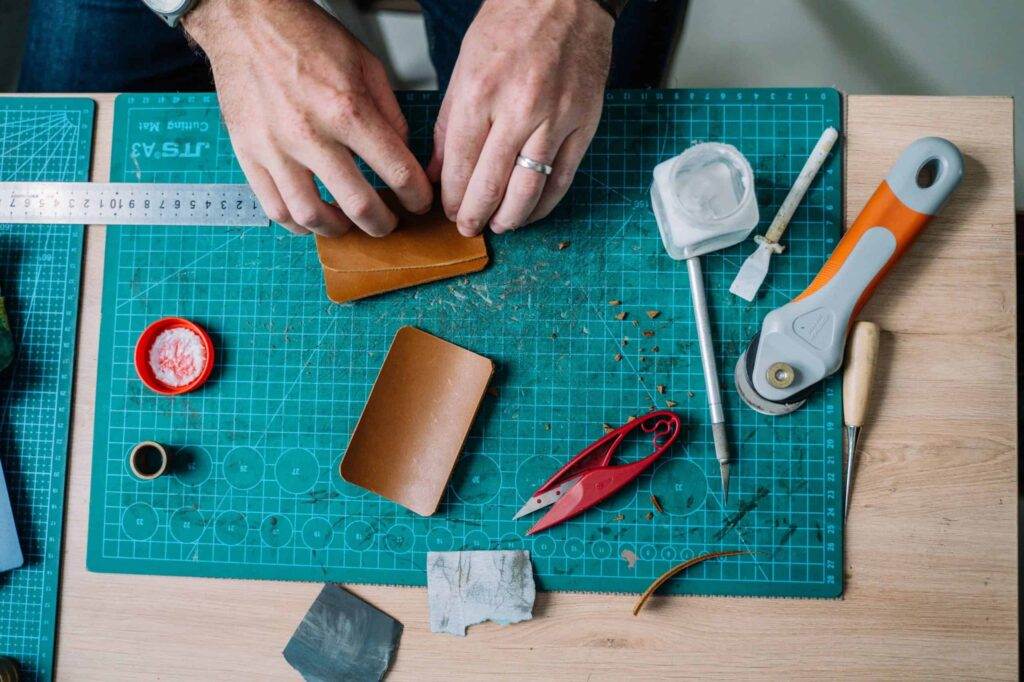
Key Takeaways
- Template making is an essential skill in leathercraft for creating consistent and accurate designs.
- Tools and materials needed for template making include paper, pencil, ruler, cutting mat, and utility knife.
- Steps for creating a template involve sketching the design, transferring it to paper, and cutting it out carefully.
- Designing templates for different leathercraft projects requires considering the size, shape, and functionality of the final product.
- Customizing templates allows for personalized and unique leathercraft projects tailored to individual preferences.
Tools and Materials Needed for Template Making
Creating effective templates requires a selection of tools and materials that cater to the specific needs of leathercraft. The most fundamental tool is a sturdy cutting mat, which provides a safe surface for cutting and protects both your work area and your blades. A sharp utility knife or rotary cutter is essential for making clean cuts, while a metal ruler ensures straight lines and accurate measurements.
Additionally, a set of compasses or circle cutters can be invaluable for creating rounded edges or circular shapes. In terms of materials, various options are available for template creation. Cardstock or heavy paper is commonly used due to its durability and ease of manipulation.
For more robust templates, consider using thin sheets of plastic or acrylic, which can withstand repeated use without losing their shape. Some artisans even opt for cardboard, especially for one-time use templates. Markers or pencils are necessary for transferring designs onto your chosen material, while a hole punch can be useful for adding reference points or alignment holes.
Steps for Creating a Template
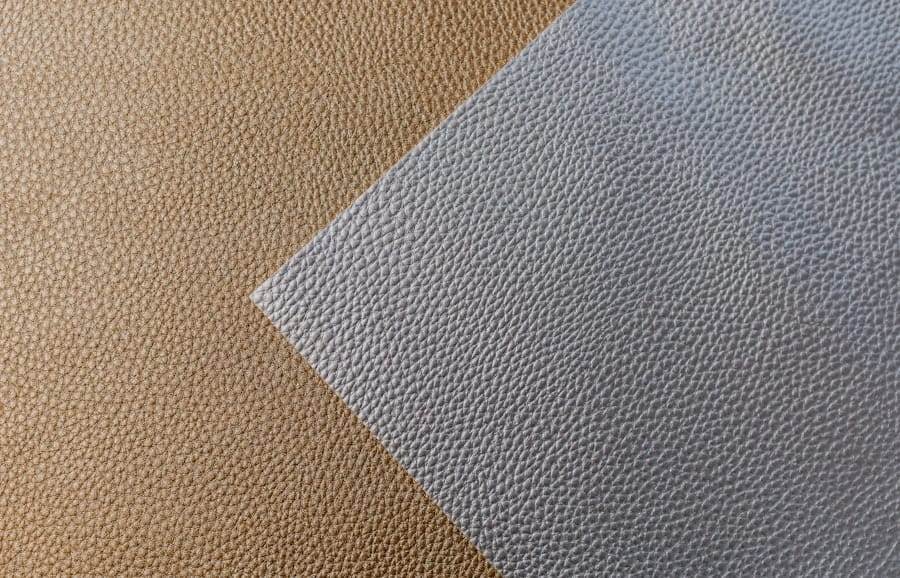
The process of creating a template begins with careful planning and design. Start by sketching your desired project on paper, paying attention to dimensions and proportions. This initial drawing serves as a blueprint for your template.
Once you are satisfied with the design, transfer it onto your chosen template material using a ruler and pencil for accuracy. It’s important to take your time during this stage to ensure that all measurements are precise. After transferring the design, the next step is cutting out the template.
Use your utility knife or rotary cutter to carefully follow the lines you’ve drawn. If you’re working with thicker materials like plastic or acrylic, a jigsaw may be necessary for more intricate cuts. Once the template is cut out, it’s advisable to test it on a scrap piece of leather to ensure that it fits correctly and meets your expectations.
This trial run allows you to make any necessary adjustments before committing to your final project.
Tips for Designing Templates for Different Leathercraft Projects
When designing templates for various leathercraft projects, it’s essential to consider the specific requirements of each item. For instance, when creating a wallet template, think about the number of card slots and compartments needed. Incorporating seam allowances into your design is also crucial; this extra space ensures that your pieces will fit together seamlessly once stitched.
Additionally, consider the thickness of the leather you will be using, as this can affect how tight or loose the final product will be. Another important aspect is to think about functionality alongside aesthetics. While it’s tempting to focus solely on visual appeal, practical considerations such as ease of use and durability should not be overlooked.
For example, if you’re designing a bag template, ensure that the handles are positioned comfortably and that the overall structure can support the intended weight. By balancing form and function in your designs, you can create templates that not only look good but also serve their purpose effectively.
Customizing Templates for Personalized Leathercraft Projects
Customization is one of the most rewarding aspects of leathercraft, allowing artisans to create unique pieces that reflect their personal style or meet specific client needs. When customizing templates, start by considering the individual preferences of the end user. This could involve altering dimensions to accommodate different sizes or adding unique design elements such as embossed patterns or personalized initials.
Incorporating custom features into your templates can also enhance their functionality. For instance, if you’re designing a bag template for someone who travels frequently, consider adding pockets specifically designed for passports or travel documents. By tailoring your templates to meet specific requirements, you not only elevate the quality of your work but also create items that resonate with customers on a personal level.
Common Mistakes to Avoid When Making Templates
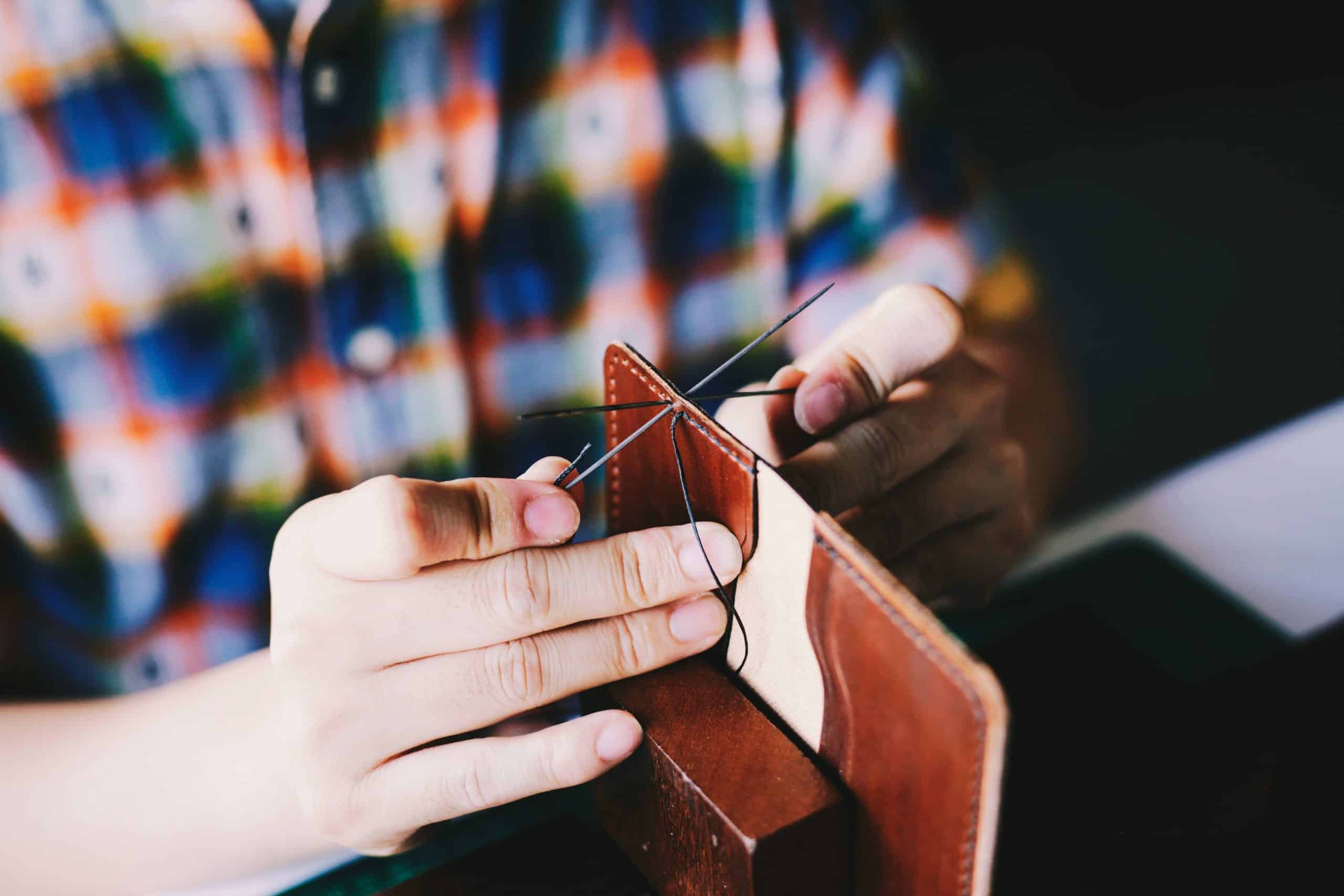
While template making can seem straightforward, there are several common pitfalls that artisans should be aware of to avoid frustration later in the crafting process. One frequent mistake is neglecting to include seam allowances in the initial design. Failing to account for this can lead to pieces that do not fit together properly once stitched, resulting in wasted materials and time.
Another common error is rushing through the cutting process. Precision is key when creating templates; any inaccuracies can compound during the actual leatherworking phase. Take your time when cutting out templates and double-check measurements before making any cuts.
Additionally, always test your templates on scrap leather before proceeding with your final project to catch any potential issues early on.
Using Templates for Efficient and Accurate Leathercraft Projects
Templates significantly enhance efficiency in leathercraft by providing a reliable guide for cutting and assembling pieces. By using templates consistently, artisans can replicate designs with ease, ensuring that each item produced meets their quality standards. This consistency is particularly beneficial for those who create items in bulk or offer custom orders; having a set template allows for quicker production times without sacrificing quality.
Moreover, templates contribute to accuracy in leathercraft projects by minimizing human error during cutting and assembly. With a well-made template in hand, artisans can focus on other aspects of their work, such as stitching techniques or finishing touches, knowing that their foundational pieces are precise. This not only boosts confidence in the crafting process but also enhances overall satisfaction with the final product.
Conclusion and Next Steps for Using Templates in Leathercraft
In conclusion, mastering the art of template making is an invaluable skill for anyone involved in leathercraft. From enhancing efficiency to fostering creativity, well-designed templates serve as essential tools that elevate the quality of work produced by artisans at all levels. As you embark on your journey into template making, remember to invest time in planning and designing your templates thoughtfully.
As you gain experience in creating templates, consider exploring new techniques and materials that can further enhance your projects. Experimenting with different designs will not only improve your skills but also expand your creative horizons within leathercraft. Whether you are crafting items for personal use or preparing products for sale, embracing the art of template making will undoubtedly lead to more successful and satisfying leathercraft endeavors.
FAQs
What is template making for leathercraft projects?
Template making for leathercraft projects involves creating patterns or templates that can be used to cut and shape leather into specific designs for various leather goods such as bags, wallets, belts, and accessories.
Why is template making important in leathercraft?
Template making is important in leathercraft as it allows for accurate and consistent reproduction of designs. It helps in creating precise cuts and shapes, reducing waste of leather material, and ensuring that the final product meets the desired specifications.
What are the common tools used for template making in leathercraft?
Common tools used for template making in leathercraft include cutting mats, rulers, compasses, tracing paper, utility knives, leather punches, and hole punches. These tools help in measuring, marking, and cutting leather to create templates for various leathercraft projects.
How can I create a template for a leathercraft project?
To create a template for a leathercraft project, start by sketching the design on paper. Then, transfer the design onto tracing paper and cut it out. Place the tracing paper template onto the leather and trace around it with a stylus or pen. Cut along the traced lines using a utility knife to create the leather template.
Are there any tips for making templates for leathercraft projects?
Some tips for making templates for leathercraft projects include using sturdy materials for the templates, adding seam allowances to the templates for sewing, labeling the templates for easy identification, and storing them in a safe place for future use. It’s also helpful to test the template on scrap leather before using it on the actual project.

